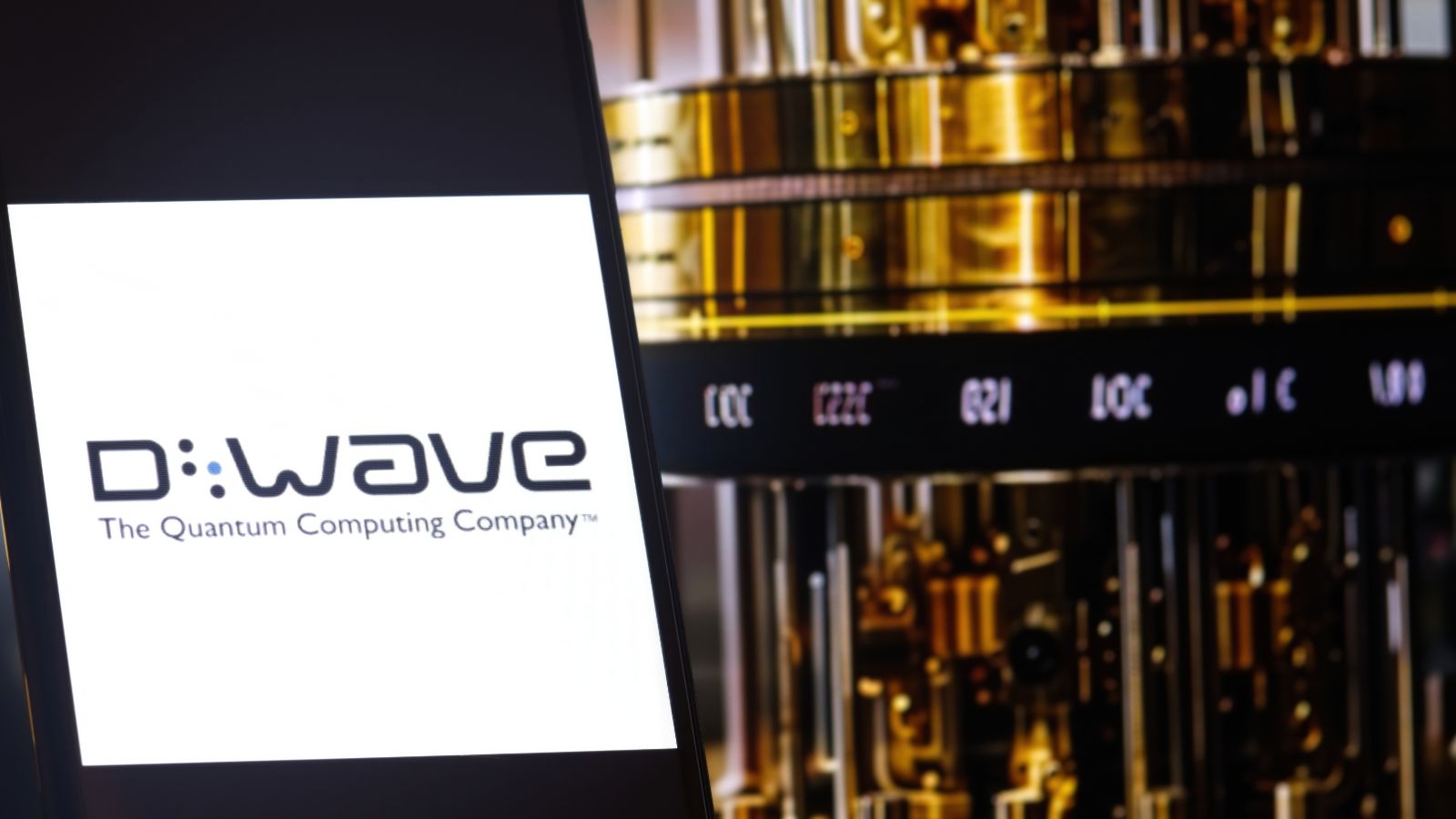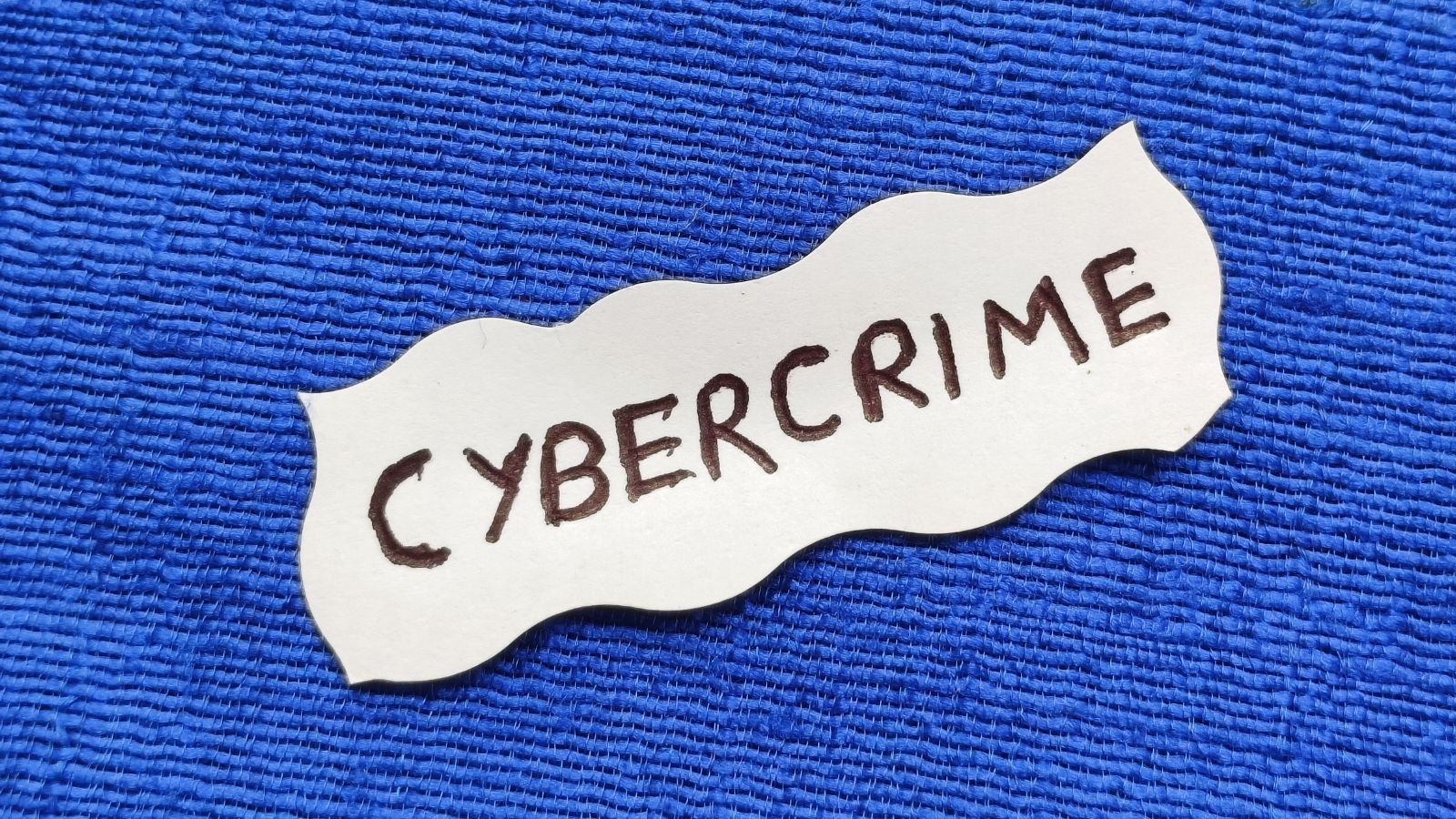From breakthrough technologies in clean energy and quantum computing to transformative tools in healthcare, cybersecurity, and agriculture, Canadian inventions often lead decades ahead of global trends. What sets Canada apart is its focus on purpose-driven progress—solutions that combine scientific excellence with social benefit. Here are 21 Canadian innovations that are decades ahead.
Basketball as a Global Sport

While the NBA may dominate the headlines, basketball’s origins trace back to Canada. Invented by Dr. James Naismith in 1891 in Springfield, Massachusetts, Naismith was a Canadian-born physical educator whose idea sparked a global phenomenon. Today, basketball is played in over 200 countries, and Canada has produced some of the top NBA talent in recent years. The sport’s spread has enhanced Canada’s soft power on the world stage, underscoring how a Canadian innovation shaped international culture.
SmartICE Arctic Monitoring Technology

SmartICE is a groundbreaking Canadian innovation designed to help communities adapt to changing Arctic conditions. Developed through collaboration with Indigenous communities, it combines satellite imagery with sensors placed on sea ice to monitor thickness and stability in real time. This data empowers Inuit hunters, fishers, and travelers with safer decision-making tools amid climate volatility. Beyond its community use, SmartICE supports climate research and sustainable development in the North. It exemplifies how Canada leverages traditional knowledge and modern science to create practical solutions, making it a global leader in climate adaptation technologies for cold and remote regions.
Mi’kmaw Kina’matnewey Indigenous Education Model

Mi’kmaw Kina’matnewey is one of Canada’s most successful Indigenous education systems, built and operated by Mi’kmaq communities in Nova Scotia. Since gaining control over their education in the 1990s, graduation rates have soared, often exceeding the provincial average. The model incorporates Mi’kmaq language, culture, and knowledge into the curriculum while aligning with academic standards. It empowers students with a strong cultural identity and academic achievement. Mi’kmaw Kina’matnewey is recognized internationally as a blueprint for Indigenous-led education and demonstrates how culturally grounded, community-driven systems can reverse historic inequities and set new standards for educational success.
Steam‑Operated Foghorn for Maritime Safety

Invented in 1853 by Robert Foulis, a Canadian engineer, the steam-operated foghorn transformed maritime safety. It emitted powerful sound signals during low visibility conditions, helping ships navigate treacherous coastlines. Adopted around the world, the foghorn significantly reduced shipwrecks and loss of life. Foulis’s innovation came from observing how low-frequency sounds travel farther in fog—a key insight in acoustics. Though now largely replaced by digital systems, the steam foghorn remains a historic symbol of Canada’s early contributions to global marine safety, and it laid the groundwork for modern navigational aids used worldwide.
Improved Electron Microscope

Canada made significant contributions to the development of the electron microscope through the pioneering work of Dr. Albert Prebus and Dr. James Hillier in the 1930s. At a time when visualizing viruses and cell structures was impossible with light-based tools, their refinements allowed for ultra-high magnification and clearer resolution. Their improved microscope revealed the hidden world of cells and pathogens, changing the course of medical and scientific research. Today’s advanced imaging technologies build on this foundation, and Canada’s role in scaling microscopic discovery remains a key moment in global biomedical innovation.
Quantum Computing via D‑Wave and Quantum Error Correction

Canada is at the forefront of quantum computing, led by companies like D‑Wave Systems and academic research in quantum error correction. D‑Wave, based in British Columbia, was the first to commercially sell quantum computers, pushing the boundaries of computing speed and problem-solving capacity. At the same time, Canadian researchers have been global leaders in quantum error correction, essential for stable and reliable quantum systems. These advances position Canada not just as a participant but as a global leader in the quantum revolution, enabling breakthroughs in cryptography, logistics, and materials science.
AI-Driven Drug Discovery (Deep Genomics)

Toronto-based Deep Genomics uses artificial intelligence to predict how genetic mutations cause disease and how drugs can correct them. This AI-first approach to drug discovery accelerates the identification of new therapeutic targets, cutting years off traditional research timelines. By using machine learning to map gene function and drug response, Deep Genomics offers a more precise and scalable path to develop treatments for rare and complex conditions. It represents Canada’s leadership in the convergence of biotechnology and artificial intelligence.
Borealis AI for Financial Security

Founded by the Royal Bank of Canada, Borealis AI is an advanced research institute developing AI tools to strengthen cybersecurity, fraud detection, and risk management in banking. Its innovations include real-time anomaly detection and natural language processing systems that enhance decision-making. Unlike many tech-first startups, Borealis is deeply integrated into financial operations, ensuring direct application of research outcomes. By investing in ethical and transparent AI, Canada is leading in responsible fintech development. Borealis AI not only safeguards digital finance but also represents the future of AI governance in high-stakes industries.
Carbon‑Cure Green Construction Technology

CarbonCure Technologies, based in Nova Scotia, is revolutionizing the concrete industry by injecting captured carbon dioxide into fresh concrete. This not only reduces the carbon footprint of one of the world’s most polluting materials but also strengthens the final product. Widely adopted by builders across North America and beyond, CarbonCure’s innovation aligns economic and environmental benefits. As countries aim to meet ambitious emissions targets, this Canadian solution proves that sustainable construction is not only possible but also commercially viable, putting Canada at the forefront of green building technology.
Flash Forest Drone Reforestation

Flash Forest, a Canadian startup, uses drone technology to rapidly plant trees and restore forests in areas affected by deforestation or wildfire. The system launches seed pods into the soil with precision, allowing reforestation at ten times the speed and a fraction of the cost of manual planting. Designed to combat climate change by sequestering carbon, Flash Forest’s scalable approach can plant tens of thousands of trees per day. It demonstrates how Canadian innovation is tackling ecological crises head-on with a blend of technology and environmental urgency.
SkyHive Workforce Reskilling Platform

SkyHive, a Vancouver-based tech company, uses AI to analyze labour market trends and recommend real-time upskilling paths for workers and employers. It identifies emerging skill gaps and provides customized reskilling recommendations, helping individuals stay relevant and companies future-proof their workforce. Used by governments, Fortune 500 firms, and global institutions, SkyHive is shaping the future of work by making reskilling proactive rather than reactive. The platform reflects Canada’s commitment to inclusive growth through tech-driven labour transformation in the age of automation.
Hydrostor Compressed-Air Energy Storage

Hydrostor is pioneering an advanced compressed-air energy storage (A-CAES) solution that addresses the challenge of renewable energy intermittency. The system stores energy by compressing air into underground caverns and later releasing it to generate electricity during peak demand. Unlike traditional battery storage, Hydrostor’s method has a longer lifespan and lower environmental impact. With projects in Canada, the US, and Australia, Hydrostor exemplifies how Canadian clean tech is delivering scalable, long-duration energy storage critical for a carbon-neutral grid.
General Fusion Magnetic Fusion Reactor

General Fusion, headquartered in British Columbia, is working to commercialize fusion energy—a clean, limitless power source that replicates the sun’s process. Their unique approach uses magnetized target fusion, compressing plasma inside a sphere filled with molten metal to create stable and controlled reactions. Backed by major investors and governments, General Fusion is a global leader in the race toward practical fusion power. If successful, it could redefine global energy systems, and Canada could become home to the next generation of sustainable energy innovation.
Mobeewave (Contactless Payment via Smartphone)

Mobeewave, founded in Montreal, developed a groundbreaking technology that enables smartphones to accept contactless payments without additional hardware. This innovation turns any NFC-enabled device into a secure payment terminal, empowering small businesses and mobile professionals to conduct transactions on the go. Apple acquired the company in 2020, integrating the technology into its Tap to Pay feature.
Magnet Forensics Cybercrime Tools

Magnet Forensics, a Waterloo-based company, develops digital investigation software used by law enforcement, military, and corporate security teams worldwide. Its tools help recover, analyze, and present digital evidence from computers, mobile devices, and cloud services in cybercrime investigations. Trusted by over 4,000 agencies in more than 90 countries, Magnet Forensics is a leader in digital forensics innovation. Its success underscores Canada’s growing strength in cybersecurity and its commitment to justice and digital safety in a connected world.
Tecla and Reveal Assistive Technologies

Canadian innovations like Tecla and Reveal are transforming assistive technology. Tecla allows individuals with limited mobility to control smart devices using switches, voice, or wheelchair controls. Meanwhile, Reveal offers wearable technology like the OrCam MyEye, enabling visually impaired users to read text, recognize faces, and navigate environments. These solutions empower people with disabilities to live more independently and engage with the digital world.
Kinova Robotics (JACO Arm)

Kinova Robotics, based in Quebec, created the JACO robotic arm—a lightweight, programmable assistive device designed for people with mobility limitations. Controlled via joystick, switches, or even head movements, it helps users perform daily tasks independently, from eating to picking up objects. The JACO arm has applications in both personal care and medical environments, offering dignity and autonomy to its users. This innovation reflects Canada’s leadership in human-centered robotics and its commitment to enhancing the quality of life through accessible tech.
Instant Replay Sports Tech

Instant replay, now a staple in professional sports worldwide, has its roots in Canada. First used during a 1955 broadcast of a CBC hockey game, the concept was later refined and widely adopted across leagues for decision review. This pioneering broadcast technology changed how fans engage with sports and how officials make crucial calls. Canada’s early investment in media and sports tech innovation helped set global standards for accuracy and entertainment.
BlackBerry Mobile Security Technology

Long before today’s smartphone era, Canadian tech giant BlackBerry led the world in mobile communication security. At its peak, BlackBerry powered secure communications for governments, businesses, and professionals across the globe. Its encryption standards and enterprise-grade infrastructure remain benchmarks for mobile data protection. Even as the brand has evolved into cybersecurity solutions, its legacy continues to shape secure mobile technology worldwide.
IMAX Film Projection Innovation

IMAX, a Canadian invention, revolutionized the cinematic experience by introducing ultra-large screens, sharper resolution, and immersive sound systems. Founded in the late 1960s, IMAX technology has become the gold standard for premium movie viewing in over 80 countries. From documentaries to Hollywood blockbusters, this innovation has redefined audience expectations and elevated Canada’s status in the global entertainment and film technology industry.
Canola Oil Crop Breeding

Developed by Canadian agricultural scientists in the 1970s, canola oil is one of the most essential edible oils in the world today. Engineered from rapeseed to reduce undesirable compounds, it became a healthier, safer, and widely cultivated crop. Today, Canada is the world’s largest exporter of canola oil, with the innovation supporting food security and sustainable farming globally.
21 Products Canadians Should Stockpile Before Tariffs Hit

If trade tensions escalate between Canada and the U.S., everyday essentials can suddenly disappear or skyrocket in price. Products like pantry basics and tech must-haves that depend on are deeply tied to cross-border supply chains and are likely to face various kinds of disruptions
21 Products Canadians Should Stockpile Before Tariffs Hit
